Term 3
This term we become expert physicists! Forces are pushing and pulling at everything in our Universe. Even as we sit in our classroom, the walls and the ceiling are pushing and pulling at each other, while gravity and friction hold us in our seats. How has Science inspired Art? This term we study a range of artists who have been inspired by Science, we look to Science to inspire our own masterpieces and consider the importance of ‘inspiration’.
Number Day
We all came in dressed up as rock stars.

In our music lesson, we rocked out and continued learning how to play the ukulele but this time like a rock star.
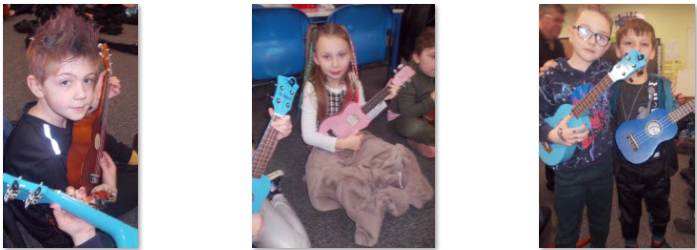
We then completed some Maths art in the style of Paul Klee. We used our shape skills and measuring skills to create our own buildings. Afterwards, we coloured it in using oil pastels.


In the afternoon, we read some of the book ‘How many mice make an elephant’ and then completed some of our own investigations. First, we thought about how many pencils make the length of the classroom and how many children make the length of the classroom. Then, we got creative and thought, how many children make the corridor length and to finish how many footsteps across the hall.
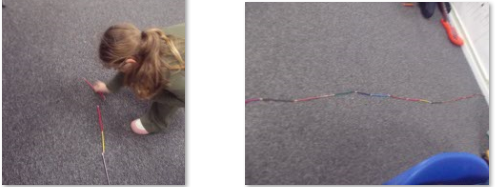
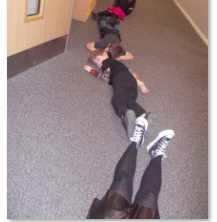
To end the day, we competed in the NSPCC TTRS challenge and some of us even discovered our rock star status.

‘I loved dressing up as a rock star.’
‘I had fun with my guitar in school.’
‘It was funny laying along the corridor, especially when teachers had to climb over us!’
Art
We have been learning all about forces and magnets and have continued this theme in our Art lessons. We explored the artist Jackson Pollock, looking at which art work we like and dislike, explaining why we liked and disliked them.
We have looked at different style art inspired by science. This has involved: straw art.
“We had to blow through the straw.”
“It was really hard to get the paint to move.”
Afterwards, we looked at magnet art, where we had to attract the magnet to a marble and move the marble around to create different strips of colour.
By the end of term, we will have created our own canvases using some of these art skills in style of Jackson Pollock.

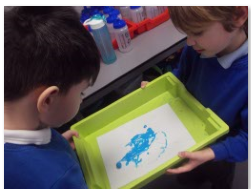


English
This week in English we have started looking at non-chronological reports. To start with, we re-capped the key features of a non-chronological reports before researching about magnets and forces.
We worked as collaborative cats to find out key facts about these different sub-headings: forces, magnets, friction, magnetic and non-magnetic and strength of magnets.
Look at all the facts we have found!
Keep your eyes out for our final, published non-chronological reports at the end of term!

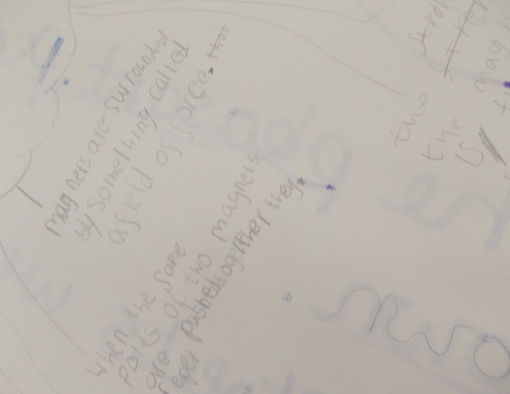
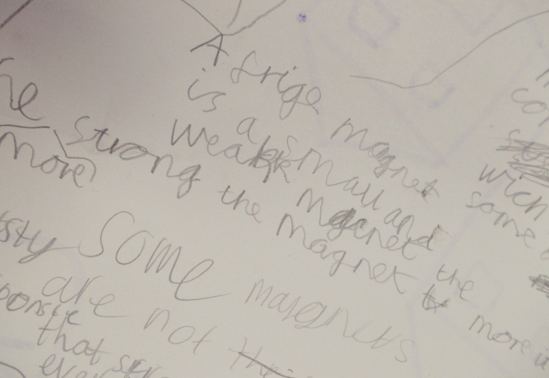
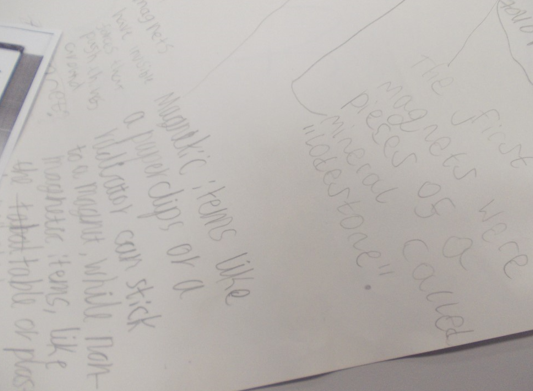
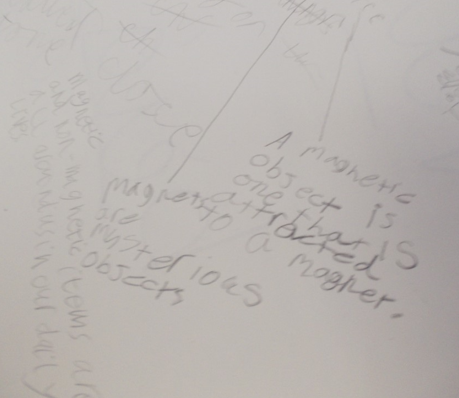
PE
In PE, we have been exploring a range of gymnastic moves, spending the last couple of lessons focussing on landing safely. We were all open-minded octopuses and adventurous aardvarks by climbing up the equipment and then jumping off, ensuring we landed safely.


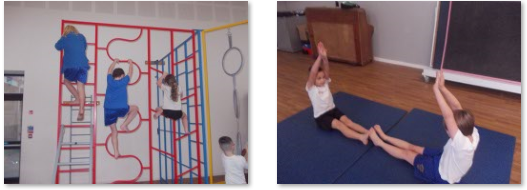
Magnets
In our creative curriculum lessons, we have been learning all about magnets. We spent some time finding objects around the class that were magnetic and non-magnetic.



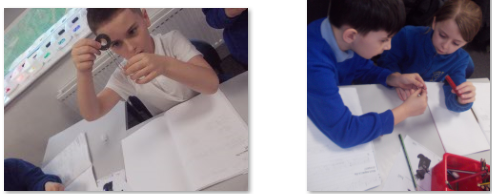
‘It was amazing to find out the radiator was magnetic.’
‘Part of the teacher’s lanyard is magnetic.’
We then looked at different types of magnets and conducted a science investigation to find out which magnet was the strongest.
First, we needed to make a prediction.
‘I think the horseshoe magnet is going to be the strongest because it is the biggest.’
‘I think the bar magnet will be the strongest because it is the thickest.’
We then gradually added paper clips to the magnets until the magnet wouldn’t attract any more.
Learning lift-off
To introduce our topic, we completed a range of circuits, to explore different forces. We discussed how we were able to throw and roll objects and move our body parts to enable us to jump and move.
After some discussions, we worked out we were either using the push or pull force.
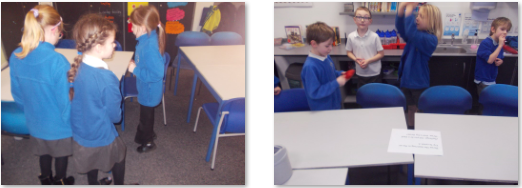
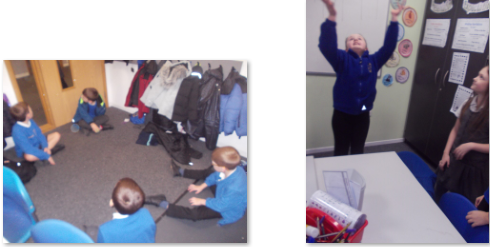
Creative Curriculum
We have explored different forces by using vehicles to explore what happens during a push and pull force.

‘You pull it backwards.’
‘It is pushed forwards.’
‘I turned it around. I am pushing it as it turns.’
‘This one pulls up.’
We then looked at what motion and friction is and completed an investigation to find out is friction affects the motion of an object.
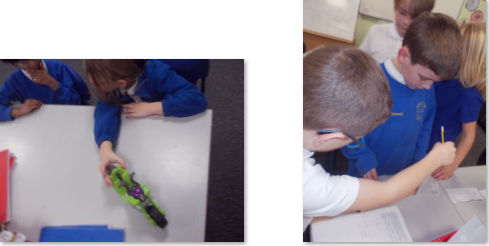
First, we had to make a prediction.
‘I think the bubble wrap will have the most friction because it is bumpy.’
Then we worked as collaborative cats to complete the experiment and wrote up our findings.
